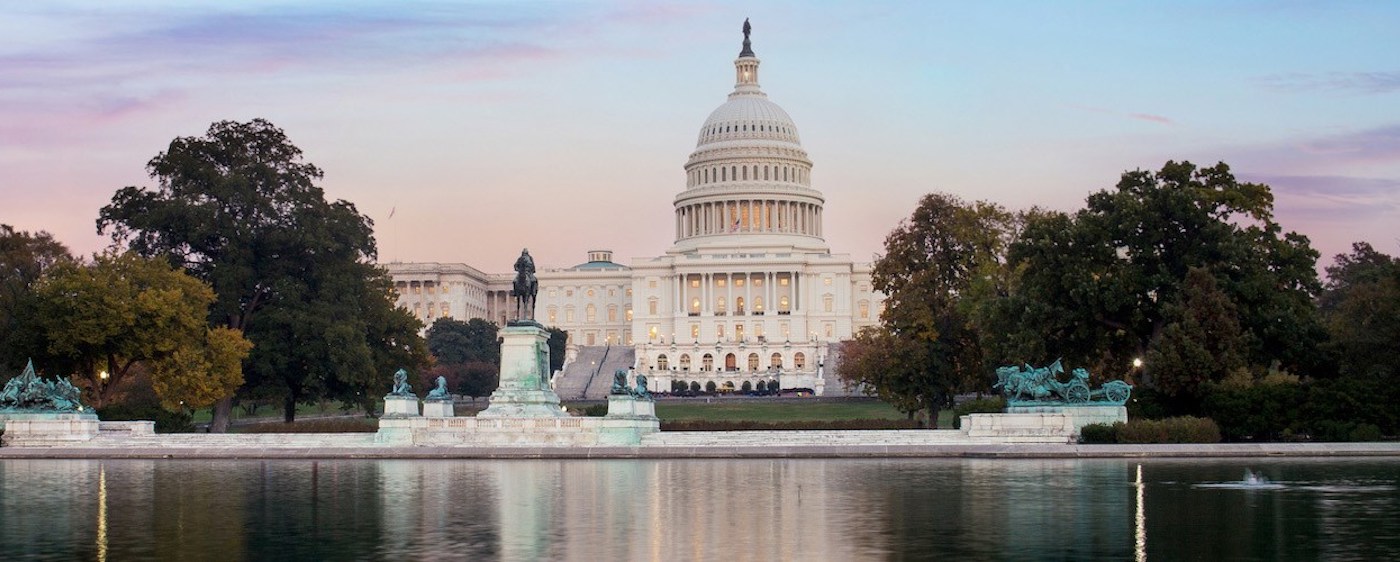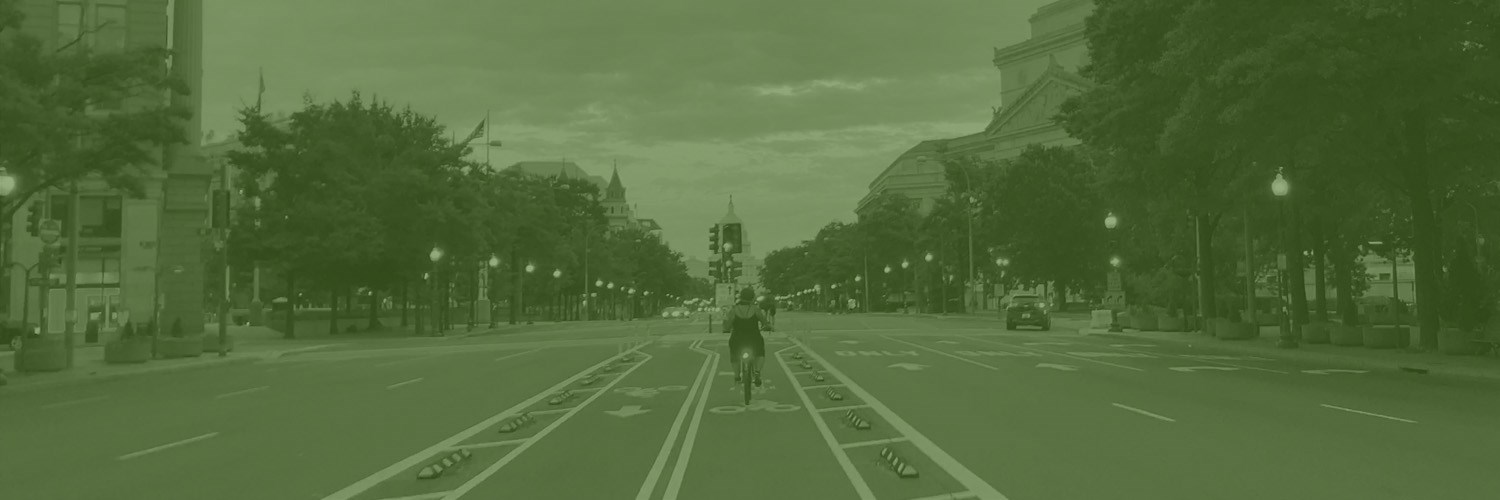Congestion Mitigation and Air Quality Improvement Program
Photo courtesy Getty Images
First authorized by the Intermodal Surface Transportation Efficiency Act (ISTEA) of 1991 and reauthorized under every successive transportation law, the Bipartisan Infrastructure Law (BIL) continues the Congestion Mitigation and Air Quality Improvement program (CMAQ). CMAQ provides a flexible funding source to state and local governments for transportation projects and programs to help meet the requirements of the Clean Air Act and reduce congestion and improve air quality for areas that do not meet the National Ambient Air Quality Standards (NAAQS) for ozone, carbon monoxide, and particulate matter.
CMAQ funds must be invested in nonattainment areas (or any area that does not meet the national primary or secondary ambient air quality standard for a NAAQS), or former nonattainment (also known as maintenance) areas in a state. Projects must come from a transportation plan and Transportation Improvement Program (TIP). Eligible projects include bicycle and pedestrian facilities and programs, as well as shared micromobility projects and programs which were added by the BIL. The BIL also allows for CMAQ funds to be used for operating assistance in association with a transit system in certain areas.
If a state does not have nonattainment or maintenance areas, it may use its CMAQ funds for projects that are eligible under CMAQ or other elements of flexible federal aid highway spending. Note that this is not a grant program, and instead provides reimbursements to state DOTs for project costs after receiving funding authorization a notice to proceed for an eligible project.
To learn more about CMAQ, be sure to check out the program’s factsheet for more information about its continuation under the BIL. For more local resources, contact your Federal Highway Division Office or state Department of Transportation.
Quick Facts:
- Type: Formula funding
- Administered By: The U.S. Department of Transportation (DOT) Federal Highway Administration (FHWA) allocates funds to each state as a lump sum through formula funding. State departments of transportation (DOTs) are responsible for distributing CMAQ funds. 2% of funds are used for state planning and research and 25% are suballocated to non-attainment and former non-attainment (maintenance) areas in the state.
- Year Created: 1991 with the Intermodal Surface Transportation Efficiency Act (ISTEA)
- Federal Share: For most active transportation projects, the federal share is 80%
- Also Known As: CMAQ
Resources
- List of nonattainment and maintenance areas from the Environmental Protection Agency (EPA): https://www.epa.gov/airquality/greenbook
- FHWA Office of Planning, Environment, and Realty (HEP) CMAQ Website: https://www.fhwa.dot.gov/environment/air_quality/cmaq/laws_and_regs/
- CMAQ Emissions Calculator Toolkit: https://www.fhwa.dot.gov/environment/air_quality/cmaq/toolkit/index.cfm
- FHWA Congestion Mitigation and Air Quality (CMAQ) Improvement Program Factsheet: https://www.fhwa.dot.gov/bipartisan-infrastructure-law/cmaq.cfm

